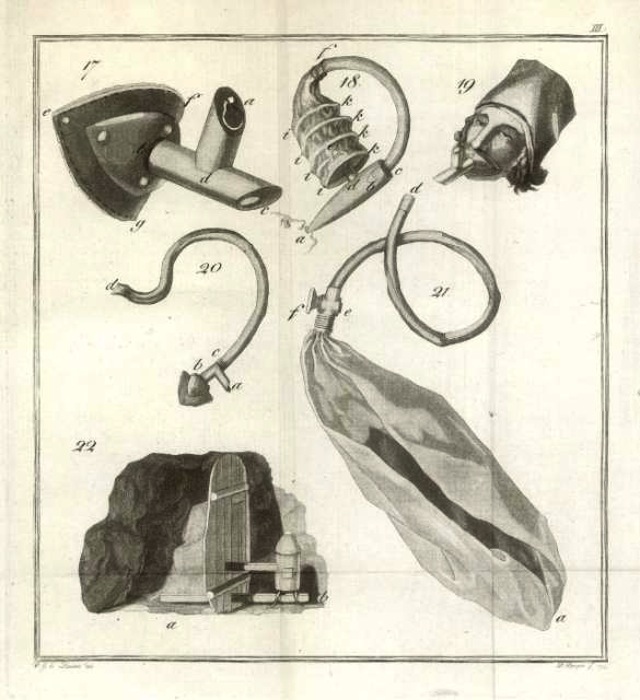
Using Respiratory Protecting Tools (RPE) might be traced again over 2000 years, with quite a lot of primitive strategies used earlier than expertise took over.
The primary documented use is by the Romans whose mine employees are mentioned to have used animal bladder skins to supply some safety in opposition to lead oxide mud.
It was thought that the bladder was porous sufficient that the wearer might breathe, however it could filter out harmful particles from coming into the warp.
Some 1600 years later, RPE had not improved a lot, even with the thoughts of Leonardo Da Vinci (1452 – 1519) on the case. He’s broadly quoted as stating {that a} finely woven material dipped in water might shield the wearer from a poisonous powder he had designed.
Nonetheless even these primitive types of RPE weren’t broadly adopted, with these working in hazardous industries typically doing so fully unprotected.
In 1649 a Dutch doctor examined the lungs of a stone cutter and acknowledged that he discovered a “nice amount of stone mud… I appear’d to chop via a heap of sand.”
The subsequent documented RPE was that invented by Jean-François Pilâtre de Rozier round 1780. He devised a system for these working in a “deep nicely or cesspit to breathe contemporary air, which was provided by a versatile hose from the floor”, though this too was not broadly adopted.
Quickly after, German explorer and mining official Alexander von Humboldt invented the primary ever “respirator”, which was designed to guard Prussian mining employees.
Nonetheless it was nonetheless a primitive system, as have been most respirators for the subsequent century or so. They often encompass a bag over the pinnacle which was mounted across the throat and fed by a reservoir of fresh air. Some primitive respirators have been capable of soak up some carbon dioxide in exhaled air, permitting for a number of breaths, whereas others had valves permitting for the exhalation of used air.
On June 12, 1848, issues acquired severe when Lewis Haslett turned the primary particular person to ever obtain a patent for his Haslett Lung Protector. It used a moistened wool filter or related porous materials and one-way clapper valve to filter mud.
Respiratory safety nonetheless had a protracted solution to go to get to the excessive requirements we see in the present day, nevertheless a gentle enchancment had commenced, with the usage of cotton fibers, charcoal, lime and improved match.
Chemical weapons utilized in World Struggle I additionally noticed the mass manufacturing of fuel masks consisting of rubber facepieces with charcoal cartridges or particulate filters.
This expertise quickly flowed into the economic office, nevertheless work-related respiratory illness remained excessive – particularly in mining and tunnel constructing. In response, the predecessor to the American Nationwide Requirements Institute’s (ANSI), revealed in 1938, a respiratory safety commonplace (ASA Z2)) to tell security managers.
The final 70 years:
Booms in expertise during the last 70 years has seen important enhancements to those unique respirator designs, together with people who permit match testing with the press of a button comparable to ProChoice Security Gear’s PressToCheck filters.
Security consciousness and office techniques have additionally improved. Nonetheless Australian mining and tunnel employees are nonetheless struggling respiratory illnesses comparable to silicosis or black lung because of working in dusty situations with out applicable respiratory protecting gear or different controls.
Whereas enormous technological enhancements have been made in PPE, widespread adoption stays a problem and organizations should guarantee they’re driving a secure tradition and placing security first.
